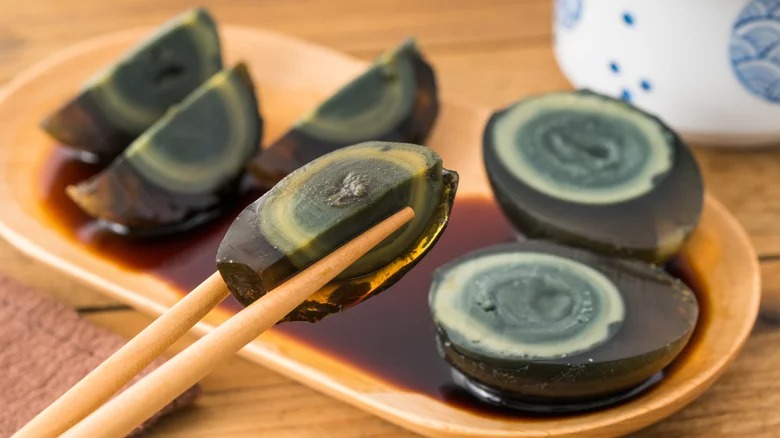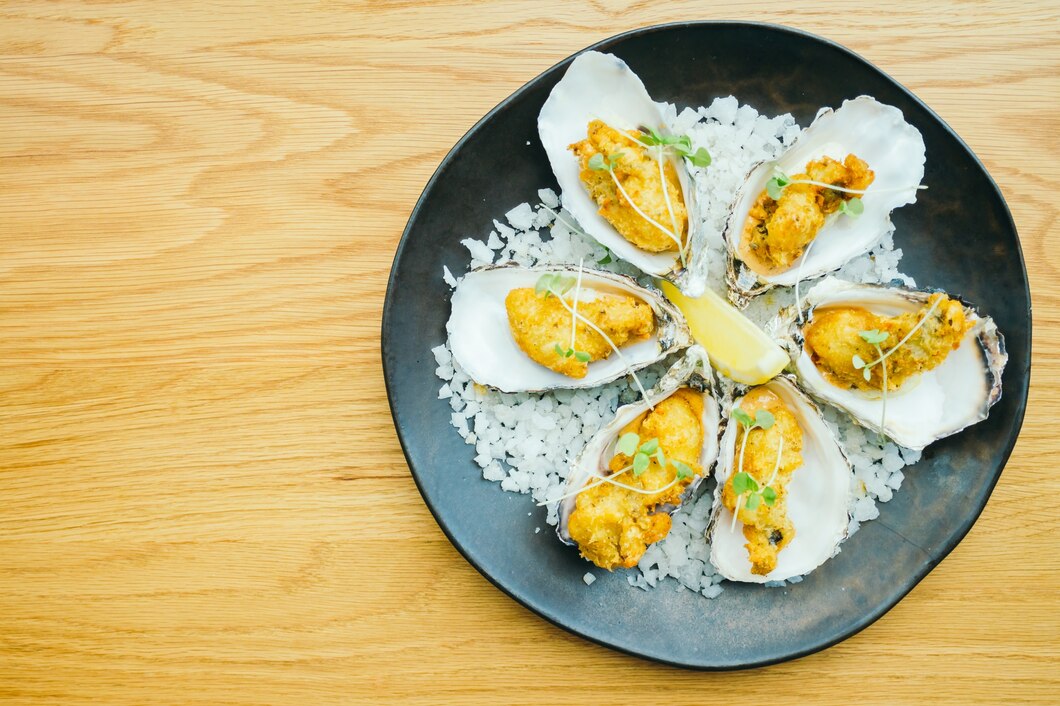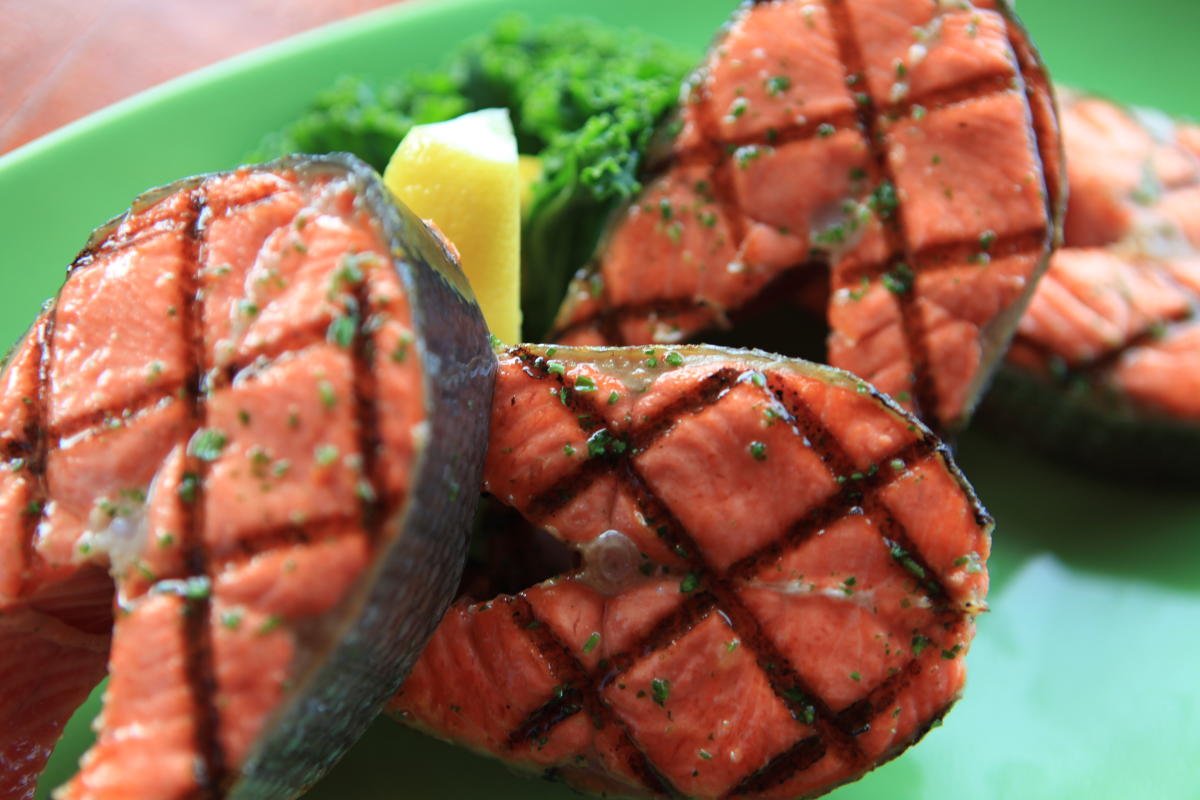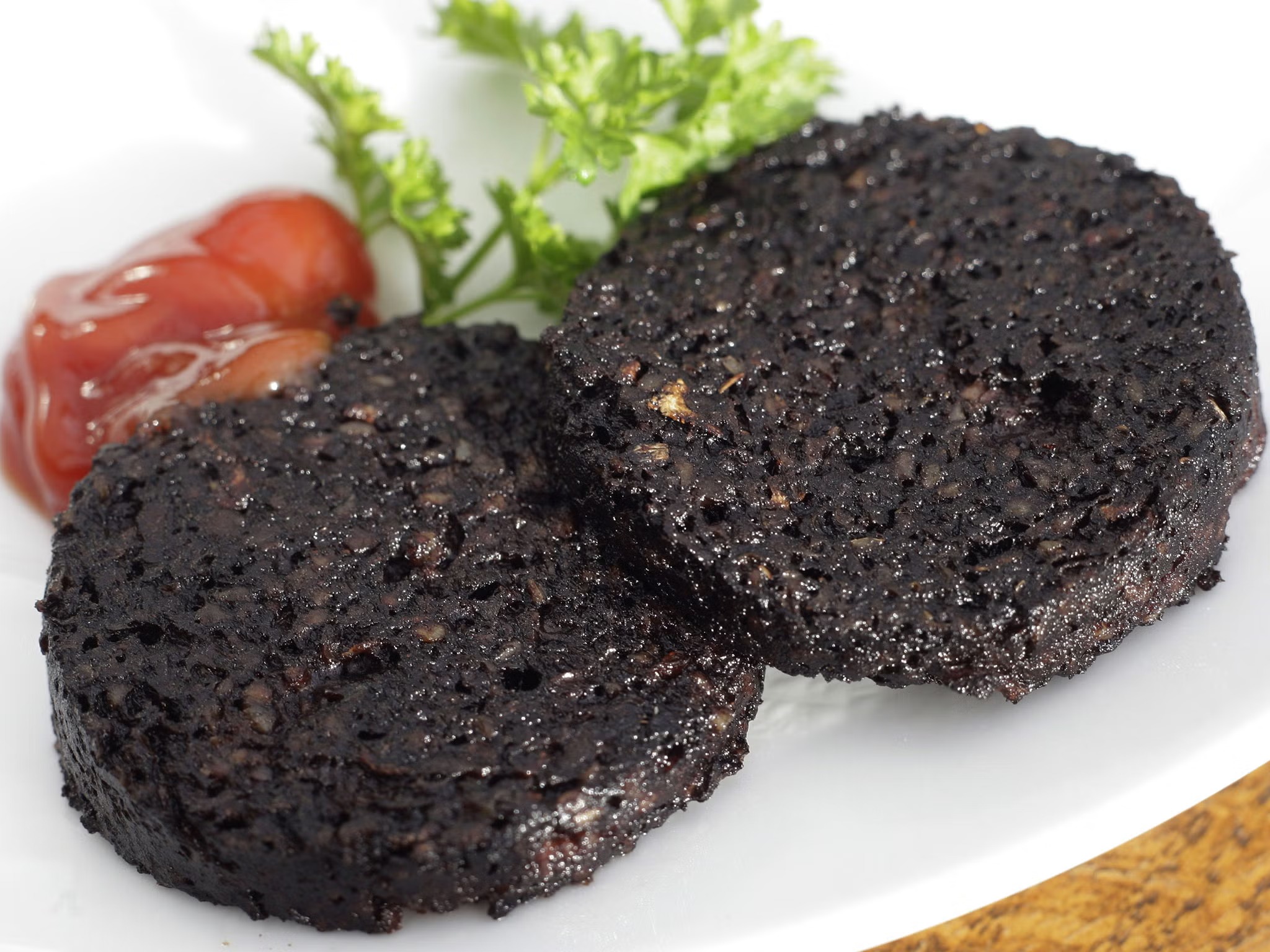Food is more than just sustenance; it is an adventure, a gateway to culture, and a way to challenge your palate. If you are a curious foodie looking for unique food experiences, the world offers plenty beyond your comfort zone. Bizarre world cuisines thrill adventurous eaters, like century-old preserved eggs and deep-fried tarantulas.
Trying unusual dishes can open your eyes. It shows how different cultures use local ingredients in clever ways. But how do you approach this kind of gastronomic adventure? In this guide, we dive into strange delicacies from around the world. We also share tips for adventurous eating. Embrace the weird and wonderful side of food!
Asia’s Most Bizarre Delicacies

Century Egg – China
Also called a thousand-year egg, this treat is made by curing duck, chicken, or quail eggs. They are preserved in clay, ash, and quicklime for several months. The result? A dark jelly-like egg with a rich, creamy texture and a strong, pungent aroma.
Why Try It?
- It is a delicacy in China and is often served with pickled ginger.
- It offers a bold, umami flavour that surprises first-timers.
- Packed with protein and probiotics.
Balut – Philippines
One of the most bizarre world cuisines, balut is a fertilised duck egg with a partially developed embryo incidentally boiled and eaten with salt, vinegar, or chilli; this snack is considered street food.
Adventurous Eating Tips:
- Close your eyes and focus on the rich, savoury taste rather than the visual aspect.
- Start with a less-developed egg if you are hesitant.
Fugu – Japan
Fugu, or pufferfish, is notorious for its potentially deadly toxins. Only licensed chefs can prepare this delicacy, ensuring that the poisonous parts are expertly removed. Fugu is often served as thinly sliced sashimi or in a hotpot.
Why Try It?
- It is a luxurious and highly regulated dish known for its delicate taste.
- It is a thrilling experience with an element of danger (when improperly prepared, fugu can be lethal).
Strange Eats from Europe
Casu Marzu – Italy
This unique food experience comes from Sardinia, where sheep’s milk cheese is deliberately infested with live maggots. The larvae help ferment the cheese, making it incredibly soft and intense in flavour.
Would You Dare?
- The cheese is eaten while the maggots are still alive!
- Some say it has a spicy, tangy kick.
- Illegal in many places due to health concerns.
Hákarl – Iceland
A dish that truly tests your limits, hákarl is fermented Greenland shark, buried underground for weeks to remove toxins before being hung to dry. The result? A potent ammonia-rich fish that requires an acquired taste.
Adventurous Eating Tips:
- Hold your nose before taking the first bite to overcome the strong scent.
- Pair it with a shot of Brennivín, Iceland’s signature liquor.
Black Pudding – United Kingdom
Though not as extreme as others, black pudding is a staple in British and Irish breakfasts. Made from blood, oatmeal, and fat, it has a savoury, earthy taste and a slightly crumbly texture.
Why Try It?
- A great source of iron and protein.
- PairsIt pairs with traditional fry-ups or even gourmet dishes.
North & South America’s Wildest Foods

Rocky Mountain Oysters – USA
Don’t be fooled by the name Rocky Mountain Oysters, which are deep-fried bull testicles popular in the Western United States.
Why Try It?
- Crunchy on the outside, tender on the inside—resembling a meaty nugget.
- A novelty dish enjoyed at cowboy festivals and rodeos.
Cuy – Peru
Cuy, or roasted guinea pig, is a traditional dish in Peru and Ecuador that dates back to the Incas. Served whole with crispy skin, it is often flavoured with spices and served alongside potatoes.
Adventurous Eating Tips:
- Think of it as a gamey version of a duck or rabbit.
- Be prepared to eat with your hands, as it’s typically served whole.
Escamoles – Mexico
Also known as insect caviar, escamoles are ant larvae harvested from agave roots. Considered a delicacy in Mexico, they have a nutty, buttery flavour and are often served in tacos or scrambled eggs.
Why Try It?
- Sustainable and high in protein.
- They are surprisingly mild in taste, making them easy to enjoy.
Africa & The Middle East’s Oddest Dishes

Mopane Worms – Zimbabwe
A popular protein source in Southern Africa, mopane worms are large caterpillars that are dried or fried and eaten as a crunchy snack.
Why Try It?
- High in protein and essential nutrients.
- Crunchy and slightly salty, similar to crisps.
Camel Hump – Middle East
Considered a delicacy in some Middle Eastern countries, camel hump is known for its rich, fatty texture and unique flavour.
Adventurous Eating Tips:
- Best enjoyed slow-cooked or roasted.
- Rich in energy-giving fats, traditionally eaten in desert regions.
Akutaq – Alaska (Indigenous Cuisine)
Known as Eskimo Ice Cream, akutaq is a sweet and savoury treat made from reindeer fat, fish, berries, and snow.
Why Try It?
- A traditional energy-rich dish eaten by indigenous Alaskans.
- The combination of ingredients offers a surprisingly pleasant taste.
Step Outside Your Comfort Zone and Taste the Unexpected
Trying unusual world cuisines goes beyond just tasting odd dishes. It’s about welcoming new cultures, testing your taste buds, and learning about global food traditions. If you’re ready for a truly unique food experience, why not start small and gradually work up to the more extreme delicacies?
Before diving in, remember these adventurous eating tips:
- Keep an open mind and approach each dish with curiosity.
- Research the cultural significance of the food to appreciate it fully.
- Pair strong-flavoured dishes with local beverages for a balanced experience.
So, which of these weird foods would you dare to try? Share your thoughts in the comments and tell us about your wildest food adventure!

